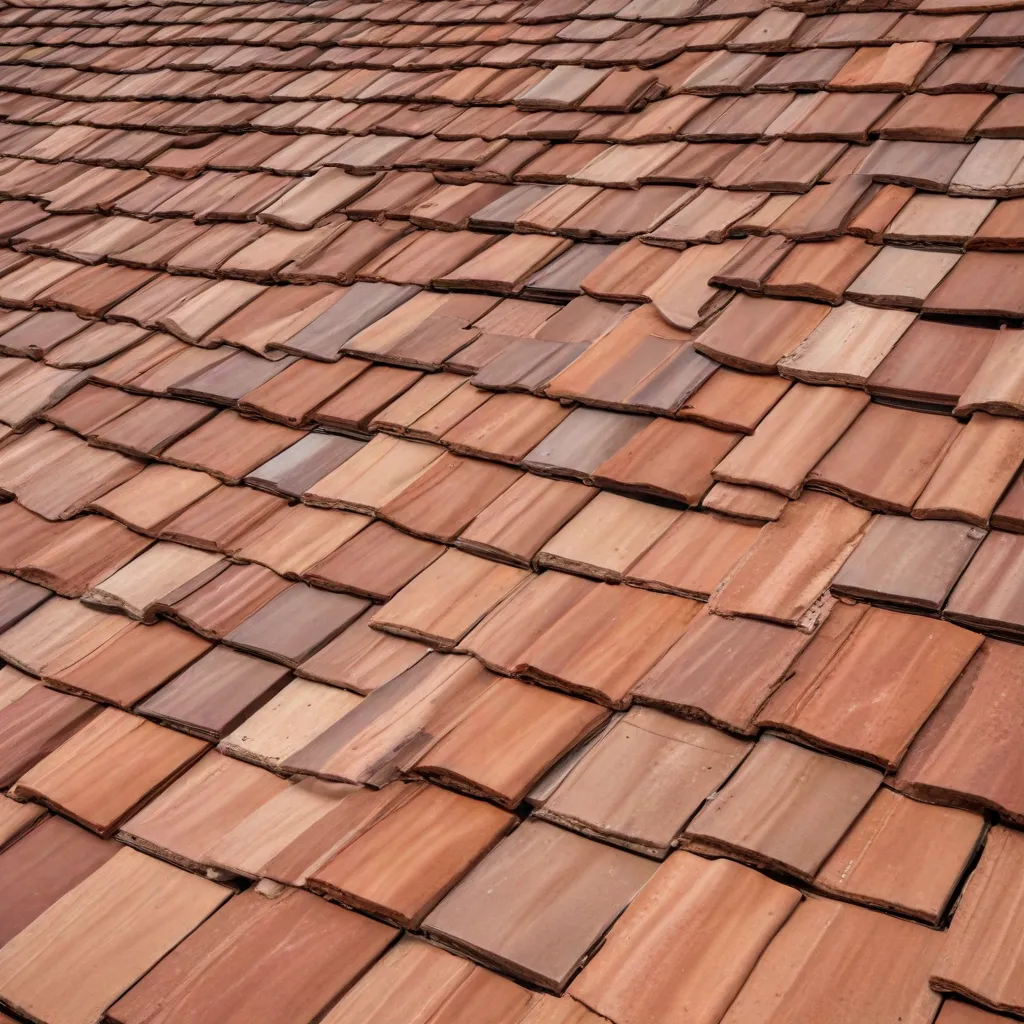
In a world increasingly focused on environmental sustainability and energy conservation, the choice of roofing material can have a significant impact on a building’s long-term performance. Among the various roofing options available, tile roofing stands out as a versatile and eco-friendly solution that offers unparalleled energy-saving benefits.
Natural clay tiles and concrete tiles are renowned for their exceptional durability, aesthetic appeal, and ability to enhance a building’s overall energy efficiency. These tile roofing systems not only contribute to the reduction of a structure’s carbon footprint but also provide tangible cost savings through lower energy expenditures.
Sustainability Aspects
Environmental Benefits
Tile roofing systems are inherently sustainable, as they are crafted from natural, renewable, and recyclable materials. Clay tiles, for instance, are made from abundant clay deposits, while concrete tiles are produced using a mixture of cement, sand, and aggregates. These materials have a low environmental impact and can be repurposed or reused at the end of a building’s life cycle, minimizing waste.
Energy Efficiency
One of the primary advantages of tile roofing is its exceptional thermal performance. Clay tiles and concrete tiles are designed to reflect a significant portion of the sun’s radiant energy, reducing the amount of heat that penetrates the building’s interior. This feature, known as high thermal emissivity, is a crucial factor in maintaining a comfortable indoor climate and reducing the reliance on energy-intensive cooling systems.
Durability
Tile roofing systems are renowned for their longevity, often lasting 50 to 100 years or more with proper maintenance. This extended lifespan not only ensures a long-lasting, visually appealing roof but also minimizes the need for frequent roof replacements, further contributing to the overall sustainability of the building.
Tile Roofing Materials
Natural Clay Tiles
Natural clay tiles are a classic and time-honored roofing material, revered for their intrinsic beauty, durability, and energy-efficient properties. These tiles are crafted from natural clay, which is molded and then fired at high temperatures to create a durable, weather-resistant surface. Clay tiles excel at reflecting solar radiation, helping to keep a building’s interior cooler and reducing the demand for air conditioning.
Concrete Tiles
Concrete tiles offer a versatile and sustainable alternative to traditional roofing materials. These tiles are composed of a mixture of cement, sand, and aggregates, which are molded and cured to create a robust and long-lasting roofing system. Concrete tiles can be designed with a variety of colors, textures, and profiles, allowing for a wide range of aesthetic options that complement the architectural style of the building.
Sustainability Certifications
Many tile roofing manufacturers have obtained sustainability certifications, such as those from the U.S. Green Building Council’s LEED program or the National Green Building Standard, which recognize their commitment to environmental responsibility and energy efficiency. These certifications provide assurance that the tile roofing products meet rigorous standards for sustainable and eco-friendly design.
Thermal Performance
Heat Absorption
One of the key advantages of tile roofing is its ability to minimize heat absorption. Clay tiles and concrete tiles are inherently more reflective than many other roofing materials, such as asphalt shingles or metal roofs. This high solar reflectance helps to reduce the amount of heat that penetrates the building’s interior, resulting in a significant decrease in cooling loads and energy consumption.
Insulation Properties
In addition to their reflective properties, tile roofing systems also offer excellent insulation characteristics. The air space between the roof tiles and the underlying roof deck, known as the ventilated space, creates a barrier that helps to prevent heat transfer into the building. This thermal insulation can also contribute to improved energy efficiency, especially in warm climates.
Ventilation Benefits
The ventilated space under a tile roof plays a crucial role in enhancing the system’s thermal performance. This airflow helps to dissipate heat that builds up in the roof assembly, further reducing the amount of heat that is transferred into the building’s interior. By promoting natural ventilation, tile roofing can contribute to a more comfortable indoor environment while reducing the need for mechanical cooling.
Practical Considerations
Architectural Compatibility
Tile roofing systems are known for their versatility in complementing a wide range of architectural styles, from traditional Mediterranean and Spanish-inspired designs to modern and contemporary buildings. The diverse range of tile profiles, colors, and textures available allows homeowners and architects to seamlessly integrate tile roofing into their desired aesthetic.
Maintenance Requirements
While tile roofing systems are renowned for their longevity, they do require some periodic maintenance to ensure optimal performance and longevity. This may include the occasional replacement of broken or cracked tiles, the cleaning of gutters and downspouts, and the inspection and repair of flashing and sealants. Proper maintenance can help to maximize the energy-efficient benefits of a tile roof while extending its lifespan.
Long-Term Cost Savings
While the initial investment in a tile roofing system may be higher than some other roofing options, the long-term cost savings can make it a highly attractive choice. The superior energy efficiency of tile roofing can lead to significant reductions in cooling and heating costs, ultimately offsetting the initial installation expenses. Furthermore, the durable nature of tile roofing can minimize the need for frequent replacements, providing a more sustainable and cost-effective solution over the life of the building.
In conclusion, tile roofing systems offer a sustainable and energy-efficient solution for building owners and homeowners seeking to enhance the performance and environmental impact of their structures. By leveraging the inherent thermal properties of clay and concrete tiles, along with their durability and aesthetic versatility, tile roofing can provide a practical and visually appealing way to improve a building’s energy efficiency and reduce its carbon footprint. As the demand for eco-friendly and cost-effective roofing solutions continues to grow, tile roofing stands out as a leading choice for those who value both sustainability and long-term performance.

























